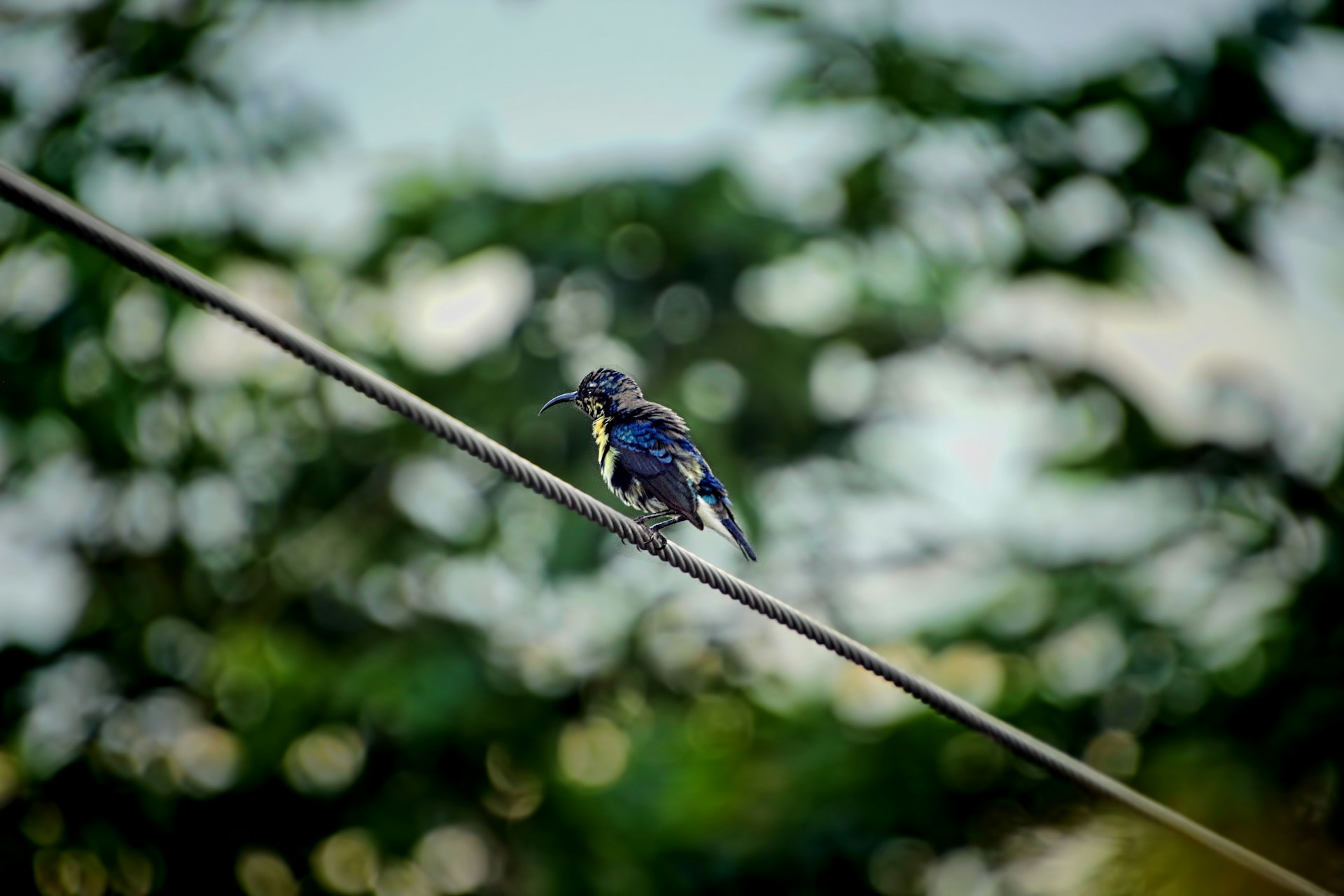Understanding the Energy Needs of Hummingbirds During Migration
Matching the energy needs of a hummingbird, known for its tenacious long-distance migration, is an extraordinary endeavor. Much like a marathoner preparing for a big race, these tiny avian wonders also build up crucial fat reserves before taking the journey. According to PerkyPet, this stored energy is a vital lifeline for them during their migration.
Hummingbirds beat their wings at incredibly high speeds, with some species clocking in at an astounding 80 beats per second. This rapid movement, coupled with a high metabolic rate, necessitates a substantial calorific intake. Remarkably, they are capable of doubling or even tripling their weight before migration, providing them with the much-needed energy to sustain their journey. It’s a phenomenal display of nature’s preparation and survival tactics in action.
Hummingbird’s Migration Route and Distance
So, how far do these tiny creatures with massive energy needs travel? According to Birds and Blooms, most hummingbirds undertake their migration journey south as the fall season sets in, trekking as far as Central America. The arduous journey spans over 500 miles across the Gulf of Mexico!
Again, because of their small size, the distance migrated by these birds is quite remarkable. Furthermore, what’s extraordinary is the consistency with which they are able to follow these routes every year, showing an exceptional sense of direction and tenacity in the face of challenging weather conditions and predators.
Role of Food and Weather in Hummingbird Migration
Just like many other bird species, the availability of food and changes in weather play significant roles in the migration of hummingbirds. PerkyPet states that as their natural food sources, nectar and insects, become scarce due to colder weather, hummingbirds embark on their migration journey.
The onset of fall is a clear signal for these agile creatures to begin storing energy and to prepare for their long journey ahead. Their inherent biological clock and environmental cues work synchronously to make this spectacular natural phenomenon possible.
The Impact of Climate Change on Hummingbird Migration
Climate change poses an imminent threat to many species, hummingbirds included. With changes in flower blooms due to warming temperatures, hummingbirds may find it challenging to access their primary food sources.
Additionally, changes in the seasons due to global warming could potentially disrupt the finely tuned migration schedules of these birds. It could lead to a mismatch in the flowering of plants and the arrival of hummingbirds, leaving these diminutive migratory birds at risk. The symbiotic relationship between plants and hummingbirds is delicate in this regard, underlining the importance of conserving our environment for the continuity of such incredible natural occurrences.
<small>Image source: https://unsplash.com/photos/a-small-bird-sitting-on-top-of-a-wire-zFD_KbZaMc4 </small>

